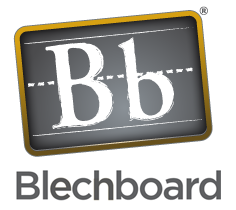I was going to blog last night and didn’t end up doing that because I spent an hour, a very worthwhile hour with 150 other folks in the August session of the AACE “Conference” on Social Media: Trends and Implications for Learning.
Towards the end of the discussion veered towards the tool having no influence on what you’re teaching, rather the tool is influenced by your personal philosophy of teaching. It’s a bit of a chicken or the egg scenario – does your philosophy influence what tools you use or does the tool influence your philosophy? I tend to think that tools are neutral, until you use them. The tools you then use, and how you use them, inform others of your worldview and philosophy.
For instance, you are teaching at a distance, and have some choices as to the tools you use. Of course, this all presupposes that you have a choice.You weigh the value of a distributed set of social networking resources (twitter, google docs, blogs etc) against the value of putting everything in an LMS (D2L, Blechboard, WebCT, Moodle). On the one hand, you might want your students to have a central point of entry is convenient, useful, simple. You can give PowerPoints, additional notes, and other resources that you find in the LMS and be relatively certain that students will find them and maybe even look at them. From a pedagogical standpoint, this is more of a Behaviourist standpoint with a nuturing element. Most LMS’s model this sort of instruction – sure there’s workarounds to allow more collaborative tools, but if you want students to mark each other, you as the instructor still have to enter marks. The instructor role puts you in a role of power over students, which is not a really new concept.
By distributing learning, you allow for serendipity to drive your course content somewhat, but you can guide learning by participating in the distributed nodes wherever they exist. By choosing a less centralized mode you are revealing that you are more of a constructivist, or will to engage in constructivism at least.
The argument is that it’s pedagogy that’s driving those decisions. I tend to agree… but then the question arose “Is a teacher who uses Moodle more open than one that uses Blackboard?” To which I responded “I suspect so, but one tool does not inform about us fully.” (If you want the full context, click the link above and zoom to the 55 minute mark, I’m Jon K.) I wanted to take a bit to expand on that, my thinking was not clear enough to say what I should’ve said – “No.” Comparing Moodle to Blackboard is like comparing Firefox to Internet Explorer. They are both LMSs and serve the same function – as a central repository of information – which implies that any other information about your course is secondary, or less useful. Sure, one is a better tool to use than the other (politically?) and one may have features that you value over the other. They in the end serve the same purpose.
On another note, if I’m going to keep sticking my foot in this hole, I’m going to have to brush up on my McLuhan. Maybe some McGoohan too, just to put me right round the bend.
